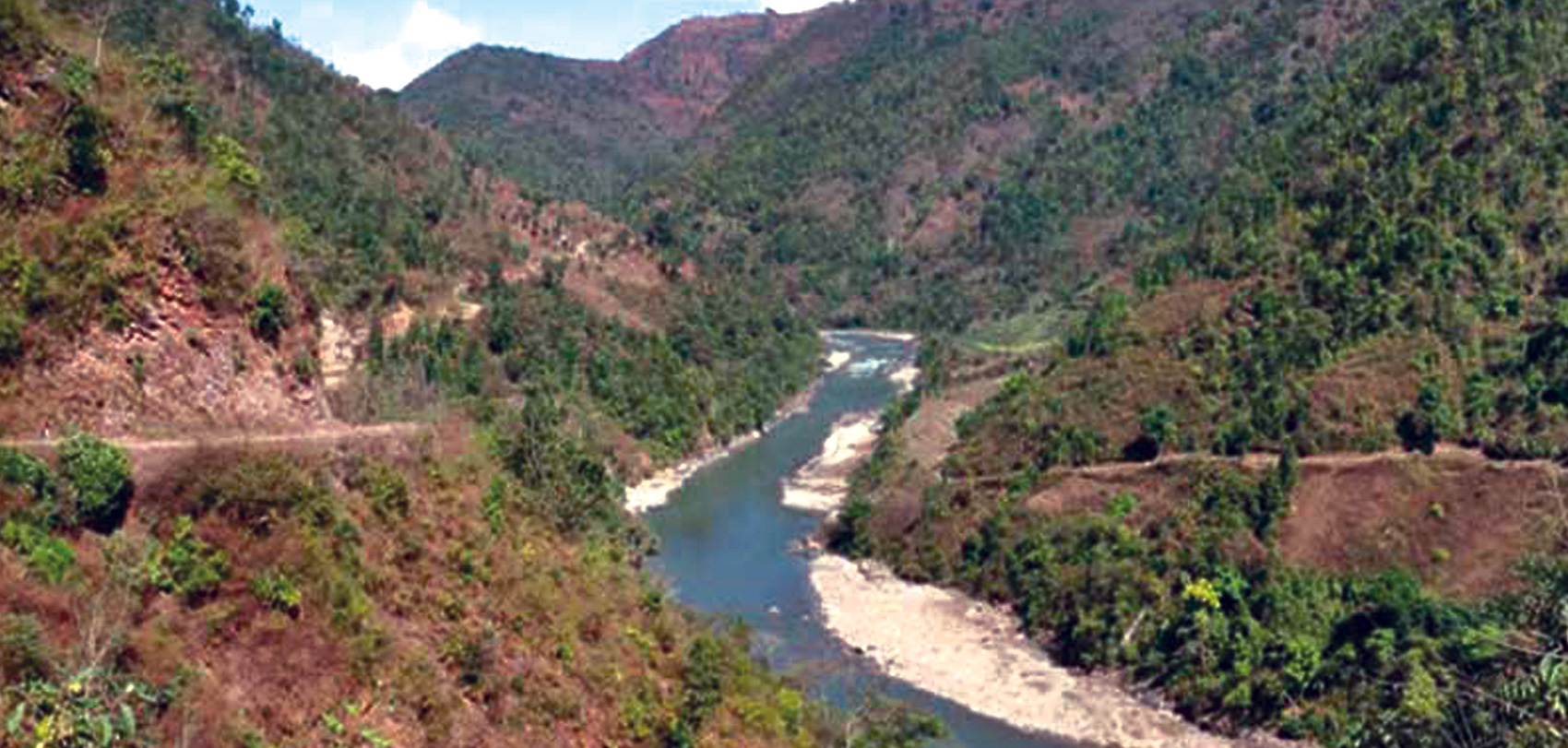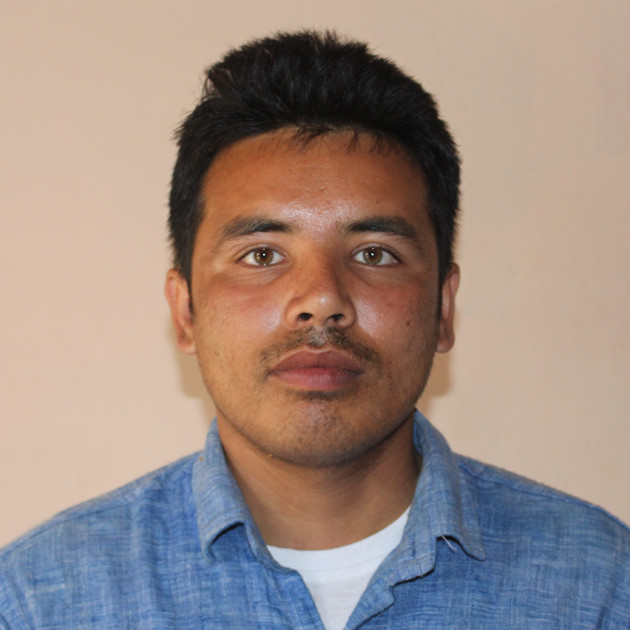
The Budhi Gandaki Hydroelectric Project is expected to restart as the government has decided not to use the depreciated replacement cost method while making a valuation of the assets of the project-affected people.
The $2.5 billion scheme located in Gorkha and Dhading districts has been on hold for two years following protests by locals over the method used to determine the value of their assets.

The depreciated replacement cost refers to the current cost of replacing the asset minus depreciation. The replacement cost is what locals will be paid as compensation for their properties acquired by the project. Their assets include houses, cattle sheds, gardens, trees, crops and storage houses.
A cabinet meeting of the federal government on January 14 decided to give up the depreciated replacement cost method.

The dispute stalled the project and the government was forced to freeze a budget allocation of Rs6 billion for compensation distribution in the last fiscal year ended mid-July 2021.
The Energy Ministry repeatedly sent a proposal favouring the affected people to the Finance Ministry, but no decisions were made amid the political chaos in the last two years, officials privy to the matter said. Finally on December 7, the Finance Ministry gave the go-ahead.
"The cabinet has given approval to exempt the depreciated replacement cost. We have not received an official letter yet," said Krishna Karki, chief of the Environment, Compensation Distribution, Resettlement and Rehabilitation Unit of the project. He said that work on distributing compensation for the land to be acquired for the project was at the final stage.
Work on distributing compensation for the houses, cattle sheds, structures, plants and crops has not started. The project said that an estimated compensation of Rs7 billion was required.
According to the project, payment needs to be made for 24,555 houses, including structures like cattle sheds, in Dhading and Gorkha.
"We have collected data of 30 different species of flowers and fruit plants amounting to the total number of 463,149,” said Karki. There are 362,563 trees belonging to 49 species.
"After we receive the official letter, a committee that will determine the compensation amount will hold a meeting to fix the new rates," said Karki. Currently, Rs34.6 billion has been distributed in compensation for 48,900 ropanis of land.
The 1,200 megawatt Budhi Gandaki reservoir project is located about 2 km upstream of the Trishuli-Budhi Gandaki confluence at the cross junction of the Gorkha and Dhading districts, about 80 km west of Kathmandu.
The Budhi Gandaki is a storage project that will generate 3,383 GWh of energy annually. The key project structure is a double curvature arch dam that rises 263 metres above the foundation. It will create a lake behind it to store water to turn the turbines of the 1200-megawatt plant.
The Budhi Gandaki is one of the most talked-about projects in the country, and the first feasibility study was conducted in 1984 as it was viewed as a mutual benefit project with India. The project never came out of the drawing board until a second feasibility study was completed in 2014.
The Budhi Gandaki Hydroelectric Project is a storage-type project with seasonal water regulation to meet the urgent need of power regulation and reduce the gap between power supply and demand, especially in the dry season.
The project was first identified in 1978 by Snowy Mountains Engineering Corporation and was investigated initially for a 200 to 300 megawatt storage based hydroelectricity project to meet the need of power generation of the mid-1990s.
A subsequent pre-feasibility study in 1984 recommended an installed capacity of 600 megawatts for the project with an average annual energy production of 2,495 GWh.
The project was again re-evaluated by the Nepal Electricity Authority in 2010-11, after a gap of nearly 26 years. It recommended conducting a feasibility and detailed design study.
The final feasibility and detailed design study undertaken by Tractebel Engineering, France in 2015 proposed a 1,200 megawatt installed capacity with six Francis turbines each of 200 megawatts. The project has also been mired in several controversies.
In May 2017, the Pushpa Kamal Dahal-led government signed a memorandum of understanding with China Gezhouba Group Corporation to execute the project under the engineering, procurement, construction and financing model.
The agreement invited controversy as the project was handed to the Chinese company without initiating a competitive bidding process.
The Sher Bahadur Deuba administration scrapped the deal in November 2017 citing irregularities. After cancelling the agreement with the Chinese company, the Deuba government had planned to build the project using domestic financial resources via the state-owned Nepal Electricity Authority.
Subsequently, a committee was formed under National Planning Commission Vice-Chairman Swarnim Wagle to explore financing options to build the power plant.
Again, in 2018, the KP Sharma Oli administration decided to rope in China Gezhouba Group Corporation, reversing the erstwhile Deuba government’s decision to develop the 1,200 megawatt project with internal resources.
In September 2018, the Oli Cabinet directed the Energy Ministry to initiate the process to award the project to the Chinese developer.
